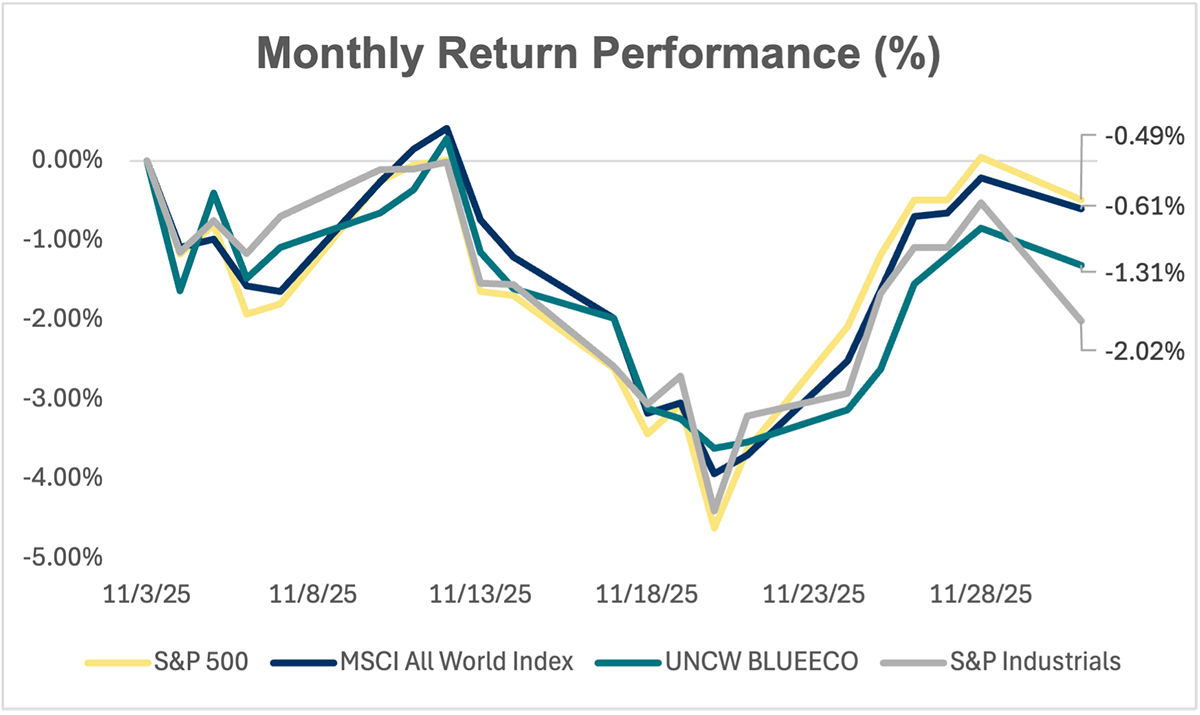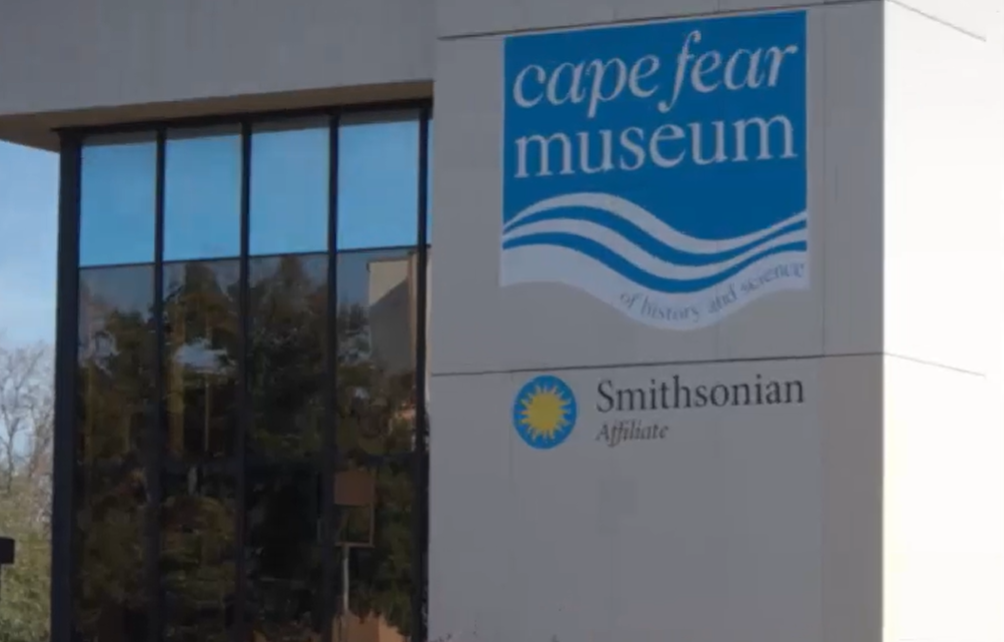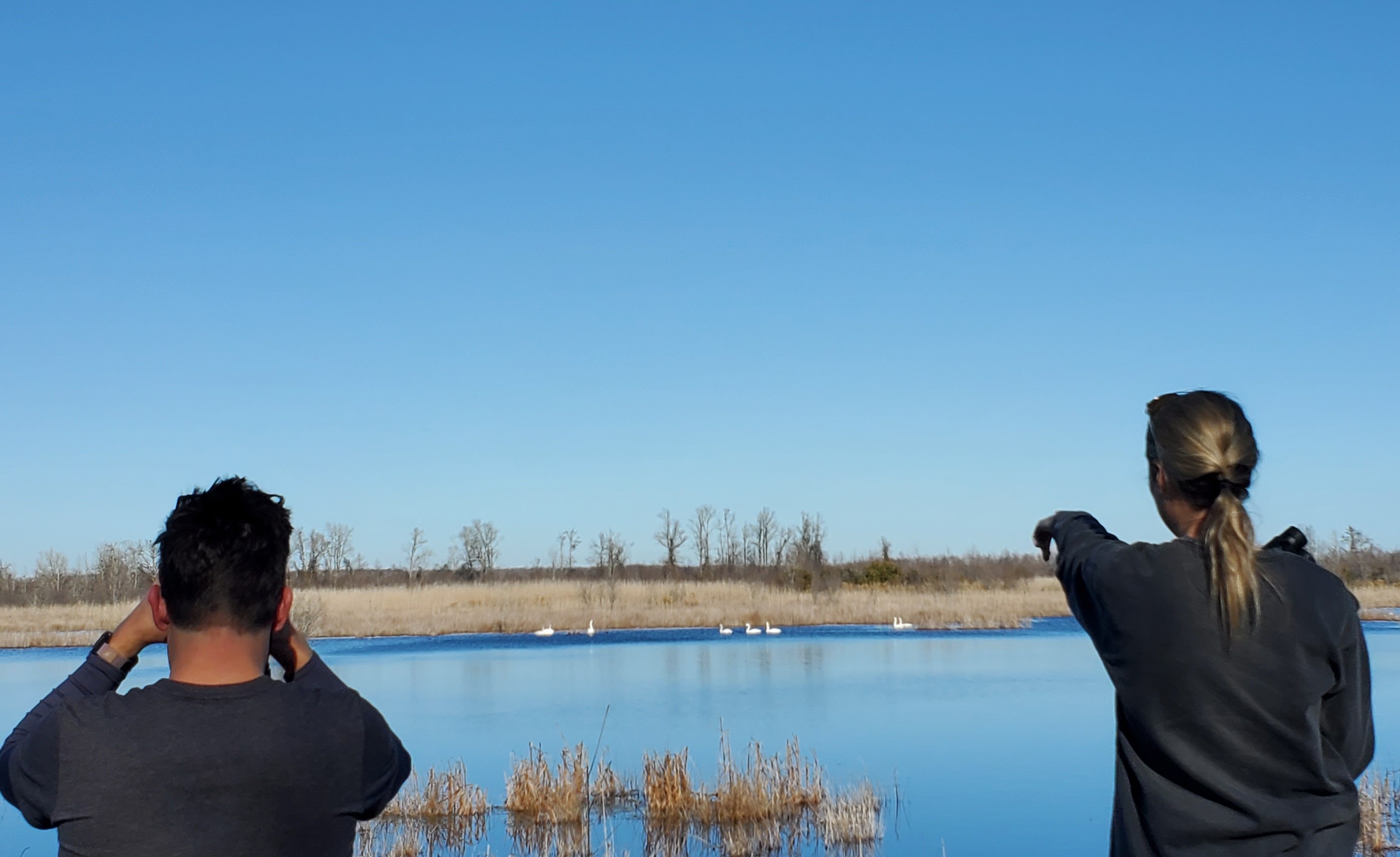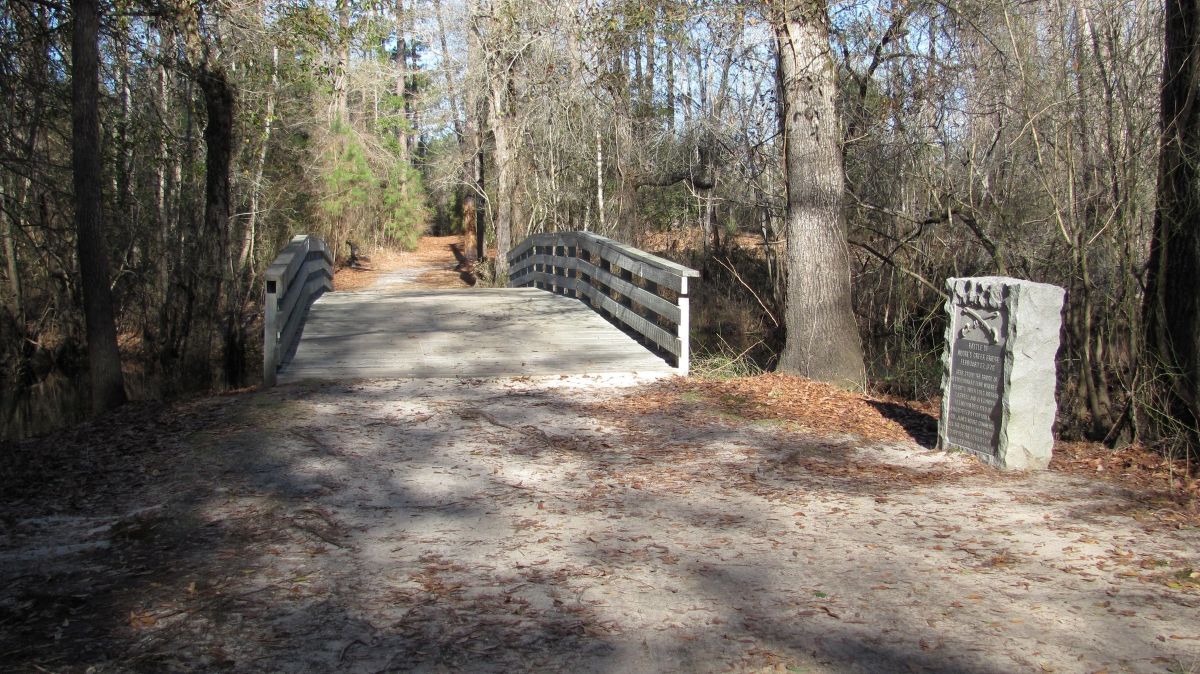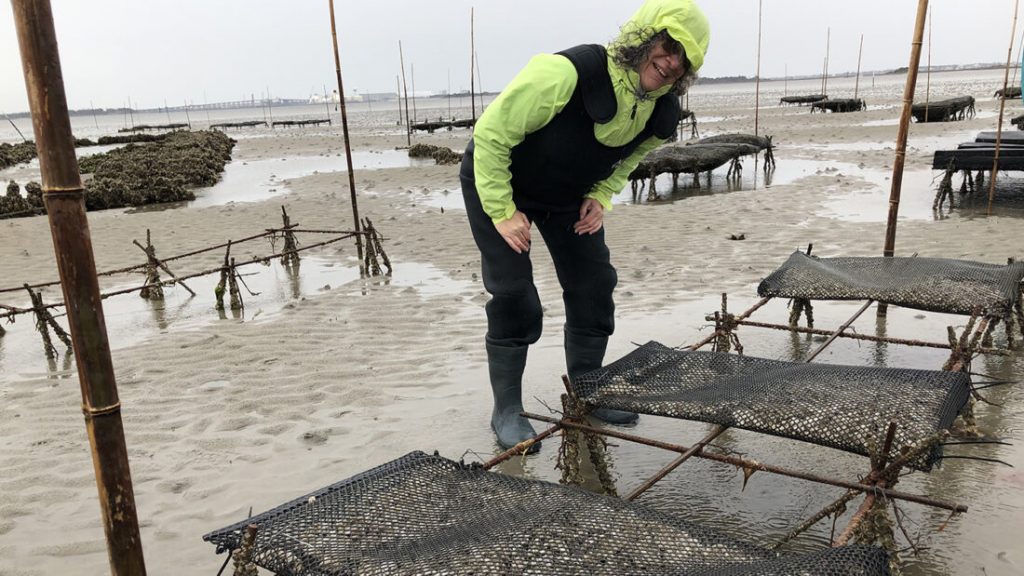
Get on the map by joining the North Carolina Oyster Trail, which offers tourism experiences focused on the state’s oysters.
The North Carolina Oyster Trail features shellfish farm tours, seafood markets and restaurants, and education and arts organizations, in addition to oyster-focused festivals and events.
Supporter Spotlight
North Carolina Sea Grant called Thursday for applications through the new website, NCOysterTrail.org, which has information on how to apply, and features an interactive map that will display member sites after they join.
Trail site managers must pass an online NC Oysters 101 quiz and display recognition of membership with a banner. As membership applications are received, detailed information about trail sites will be added to the website. For more information, go to NCOysterTrail.org.
“Shellfish growers are excited about the opportunity to tell their story,” said North Carolina Sea Grant coastal economist Jane Harrison, who leads development of the trail. “People want to know where their seafood comes from. The trail makes these connections.”
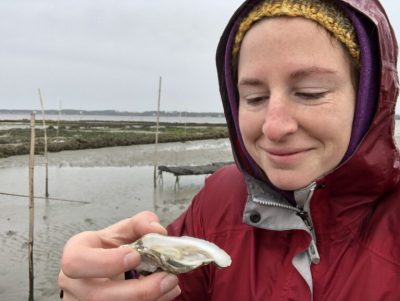
The North Carolina Oyster Trail is administered by North Carolina Sea Grant and the North Carolina Coastal Federation in partnership with the North Carolina Shellfish Growers Association. The hope is that the trail will benefit shellfish growers and coast lovers in general, said Erin Fleckenstein, federation coastal scientist and manager of their northeast regional office in Wanchese.
“We see this trail as raising awareness of the burgeoning shellfish aquaculture industry and highlighting the importance of clean water to grow and support this industry. North Carolina has some of the most pristine waters in the country that grow a wide variety of oysters,” she said.
Supporter Spotlight
As part of the trail experience, visitors will be able to tour the federation’s office to learn about shellfish ecology and the importance of oysters to the local environment, as well as tour a demonstration oyster lease on site or take a guided tour with Seavisions Charters, which provides educational tours of Sandbar Oyster Co. in Beaufort.
Capt. Monty Poling of Seavisions is a U.S. Coast Guard-licensed master captain who takes visitors out on the Newport River to see how oysters are grown. His tour groups often run into David “Clammerhead” Cessna, co-owner of Sandbar Oyster Co., who is always game to share his innovative techniques for growing shellfish.
“I’m honored and proud that Seavisions Charters is the first business to sign up for the trail. This is a model for other states to look toward,” said Poling, who goes by Capt. Monty.
Right now, the opening of trail sites and events are subject to state and local government rules on business activity in light of the COVID-19 pandemic.
“As travel restrictions ease, folks still may be staying closer to home,” Harrison said. “You can get the taste of the ocean wherever you are by asking for N.C. oysters at your local seafood market. Some seafood retailers and oyster growers even deliver to your door.”
Oysters benefit the marine and coastal environment by providing the “three Fs”: Food, filtering capacity and fish habitat. Oysters are a food source for humans and other animals, improve water quality as they strain water through their gills and as wild oysters grow, they fuse together, forming rock-like reefs that provide habitat to hundreds of animal and plant species, according to Sea Grant.
A benefit for joining the trail is marketing support. Trail administrators expect long-term benefits of increased visitation during the off-season, greater awareness of the N.C. oyster brand, and protection of the coastal environment.



